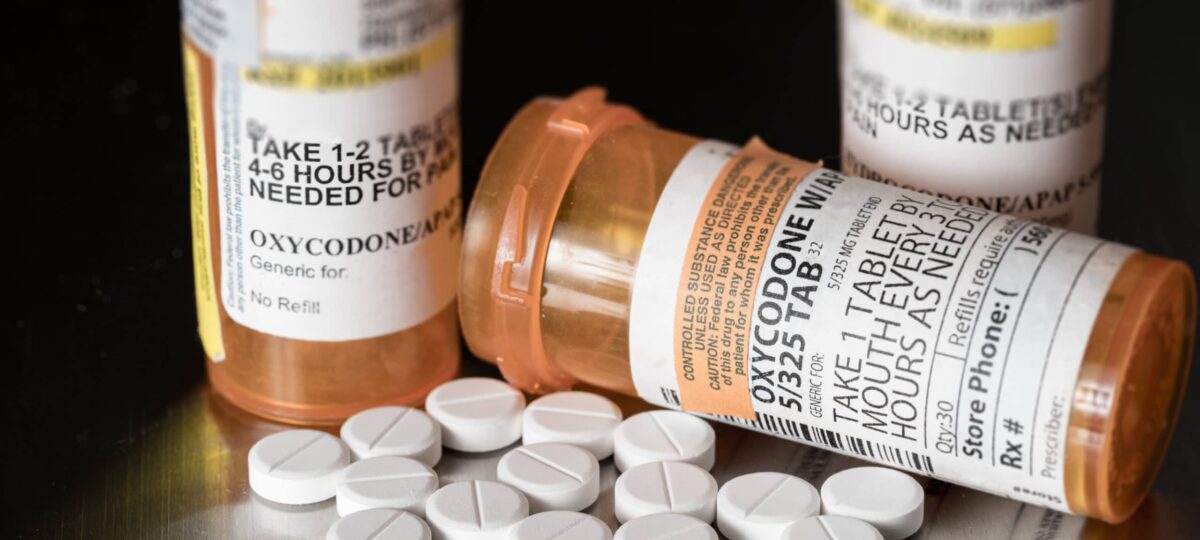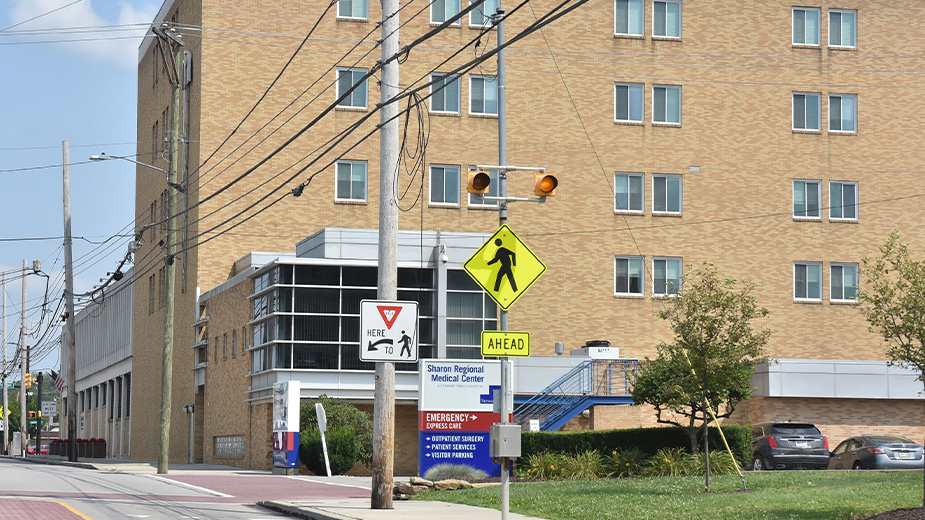OneOhio Opioid Settlement Distribution Begins
YOUNGSTOWN – Local communities struggling following the opioid epidemic are receiving their first payment of funds from the OneOhio National Opioid Settlement electronically this week, according to Governor Mike DeWine’s office.
Communities may use the funds in order to combat the opioid problems in their own area. This settlement payment is the first of many expected over the next 18 years.
Hard hit Trumbull County is expected to receive $175,006 this week alone, with Mahoning County receiving $138,573 and Columbiana County $59,589.
The city of Youngstown is receiving $49,710 and Warren, $30,423.
Smaller communities are being encouraged to work regionally to make an impact with the money received from the settlement, according to the governor’s office.
Boardman Township received $12,174 in Mahoning County, followed by Austintown Township $7,692, Struthers $2,184, Campbell $1,788, Poland Township $1,281, Sebring $680, Poland $533, Jackson Township $510, Coitsville Township $415, Lowellville $345 and Beloit $325.
In Trumbull County, Girard is receiving $6,042, along with Liberty Township $5,955, Howland Township $4,344, Newton Falls $3,155, Cortland $3,022, Hubbard $2,501, Champion Township $2,452, Weathersfield Township $2,160, Lordstown $1,798, Hubbard Township $1,323, McDonald $741, Fowler Township $411, Vienna Township $364 and Braceville $326.
Finally, in Columbiana County, Salem, received $3,311, East Liverpool $3,188, St. Clair Township $1,452, Wellsville $1,086, and Perry Township $422.
The settlement with three opioid manufacturing companies came in 2021, after DeWine, serving as Ohio attorney general in 2017, was one of the first to file a lawsuit suing drug companies and distributers for flooding the market with highly addictive opioid drugs. Altogether, the state is expecting $808 million from the settlement with 30% to be distributed to local communities. The state of Ohio will receive 15%, while the remaining 55% will go to a foundation created to disburse the money for preventative programs and to programs for Ohioans affected by opioids.
According to the Ohio Attorney General’s Office, between 2010 and 2019, 23,700 Ohioans died of an overdose.
Copyright 2024 The Business Journal, Youngstown, Ohio.



